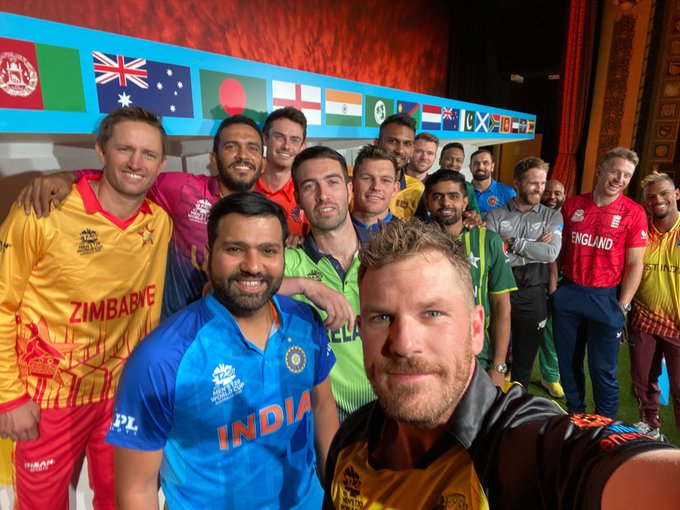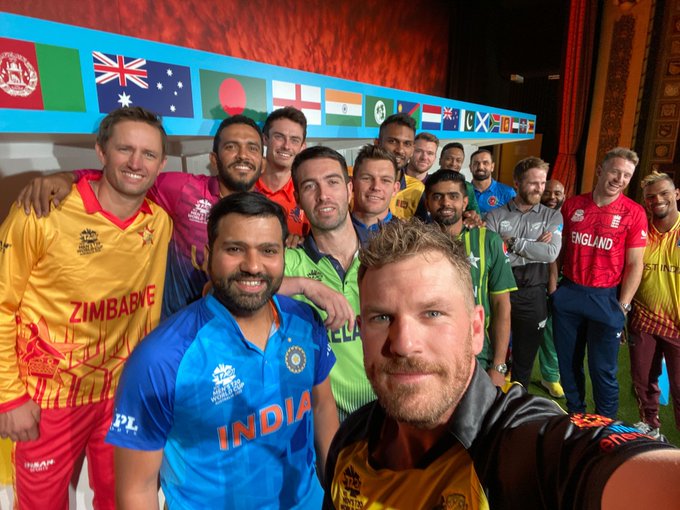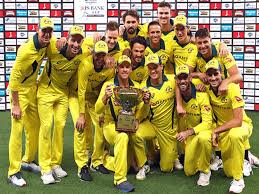
Cricket: The Gentleman’s Game

Introduction
Cricket is not just an entertainment – it is a miracle that units millions of wide continents, from the popping roads in Mumbai to the quiet areas of England. With its rich history, emotional fans and sometimes a developed nature, cricket has become an international procession with a colonial hobby. Whether it is the traditional repetition of the test cricket or a fast -paced tension with the T20, cricket appeals to different target groups, which presents a very unique touch of capacity, approach and emotions.
Basic and History of Cricket
The origin of the cricket can be found during the sixteenth century in England. It began as a youth game, which was played in southeastern counties. Primal accurate connection with cricket goods played dates until 1597, while it was said in a trial. By the 1600s, cricket had won the rumor among adults, and using the 18th century it became a professional game.
Extension during the British Empire
As the British Empire expanded, with cricket. Play for their colonies in British Widow Asia, Africa and the Caribbean. In the 19th century, the cricket clubs were tilted in Australia, India, South Africa and the West Indies. The first pure global suit took place between England and Australia in 1877, giving the legendary Ashes collection to the Dynasty.
Cricket within the twentieth Century
The 20th century noticed the formalization of cricket’s global structure with the founding of the Imperial Cricket Conference (now the ICC) in 1909. The sport unfold unexpectedly in popularity, with Test suits rhadamanthine a popular layout. Post-World War II, decolonization unliable newly self-maintaining international locations like India and Pakistan to wilt predominant cricketing powers.
Rules and Structure of the Game
Basic Objective
Cricket is played among teams of eleven players each. One team bats while the other bowls and fields. The batting crew attempts to attain as many runs as feasible, while the bowling crew targets to dismiss the batters and limit the runs.
- Key Components
Pitch: A 22-backyard-long strip at the component-way of the sphere. - Wickets: Three vertical stumps crowned by bails.
- Ball: Hard, cork-targeted and leather-covered.
- Bat: Made of willow wooden.
Ways to Score Runs
Hitting the wittiness and running among wickets.
Boundaries: 4 runs if the wittiness crosses the floor boundary; 6 runs if it crosses the purlieus in the air.
Ways to Get Out
Bowled
- Caught
- LBW (Leg Before Wicket)
- Run Out
- Stumped
Formats of Cricket
Test Cricket
The longest shape of the game, played over 5 days with innings in step with group. It’s considered the remaining test of endurance, approach, and temperament. Test cricket is wherein legends are solid.

History of the test cricket
beginning
The first online test at Shape Wilt was played between England and Australia 15. – 19 March 1877 at Melbourne Cricket Ground.
Australia got a fit by using forty -five races, and the competition gave a descent to the prestigious Ashes series in 1882.
Extension of testing of nations
Over the years, quick and fast international places received test fame:
- South Africa (1889)
- West India (1928)
- New Zealand (1930)
- India (1932)
- Pakistan (1952)
- Sri Lanka (1982)
- Zimbabwe (1992)
- Bangladesh (2000)
- Afghanistan and Ireland (2018 (2018)
- Why Test Cricket is Special
Skill and Patience
Players want to bat for hours, every so often days, to build an innings. Bowlers have to devise dismissals over long spells. Test cricket rewards intellectual longevity and long-term strategy. - Tactical Depth
Captains should be tacticians — setting particular discipline placements, rotating bowlers intelligently, and adapting to waffly pitch situations. - Waffly Conditions
The pitch deteriorates over 5 days, supplying vellicate and spin. Morning classes want seamers, while past due afternoons check batsmen under fatigue. - Legendary Rivalries
The Ashes: England vs. Australia
Border-Gavaskar Trophy: India vs. Australia
India vs. Pakistan: Political anxiety makes this aircraft increasingly severe.
South Africa vs. England: A races of athleticism and grit
Famous Test Cicketers
Bats
Sir Don Bradman (AUS) – Nitti -nine test stereotype.
Sachin Tendulkar (IND) – Most test runs (15,921).
Jacques Kallis (SA) -Bakaya allrounder.
Brian Lara (Wi) – the highest personal test rating (400*).
Alastair Cook (Eng) -Modern Testbatting First Rate.
Bowlers
Muttiah Muralitaran (SL) – 800 test wicket.
Shane Warne (AUS) -Poornic LEG spinner.
James Anderson (Eng) – most weeks through a pacer.
Glenn McGrath (AUS) – Master of Line and period.
Anil Kumbal (Ind) – all 10 weeks takes in a lap
One Day Internationals (ODIs)

Introduced within the 1970s, ODIs are restrained-overs games, every crew batting for a maximum of fifty overs. This format is known for balancing skill with amusement.
What is an ODI?
An ODI is a limited to international format where each team faces a 50-over share number. The match is completed on a single day, making it fast and good for the audience, broadcasters and sponsors.
Each layer performs bats once.
The team won quickly.
White balls, colored sets, field restrictions and DLS methods are important features.
Odis history
beginning
The first ode was played on January 5, 1971 between England and Australia on Melbourne Cricket Ground.
Originally a replacement for a rain-touched test match, this new format unexpectedly captured the fans’ imagination.
Odi World Cup
The first world championship in cricket was held in England in 1975.
This was a huge success, which helped ODI -is providing a regular part of the cricketing calendar.
Rapid development in the 1980 and 1990s
Colorful clothes, day-night matches and field restrictions were introduced.
ODI became the collection point for cricket global cricket events.
Legends such as Kapil Dev, Viv Richards and Wasim Akram picked up for fame.
Structure of an ODI match
Over -paw
Each team gets 50 overs (300 legal delivery).
Each above consists of 6 balls.
Bowlers are inconsistent for a maximum of 10 overlooks for tranches.
Fielding Restriction (Powerplay)
First Powerplay (0-10 Overs): Only 2 field professional outside the 30-Yard circle is inconsistent.
Mid (11-40): Maximum 4 field people out.
Last Powerplay (41-50): Maximum 5 field people out.
Batting and bowling strategies
Opening above: Squint to take advantage of Batsman Fielding sanctions.
Mid -above: Rotate Strike, Build Partnership.
Dead above: accelerates the score using big hits.
Bowling: Yorker, slow balls and wider variations are important in the end.
Famous ODI tournament
Icc cricket groom
Twenty20 (T20) Cricket

Today the smallest and most well -known format. Each hairstyle receives 20 overs. The T20 is a quick book and quickly appeals to young audiences. Innovations such as powerplay, self -directed hits and strategic time outbreaks have made it a commercial success.


